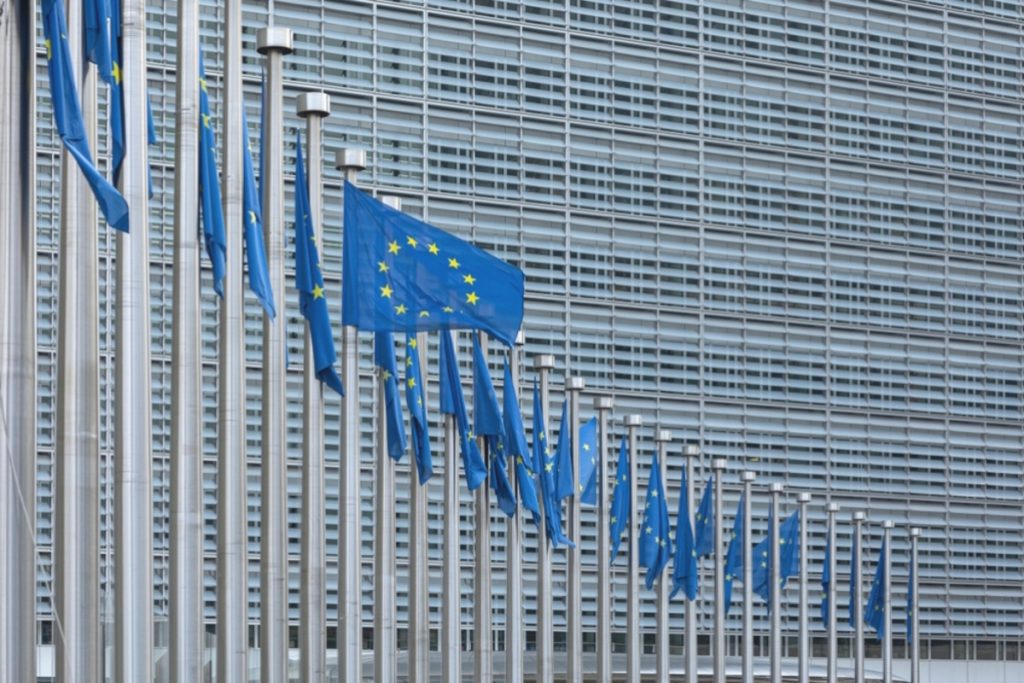In the wake of mounting concerns over the escalating climate crisis, the European Union stands at a pivotal crossroads, poised to make decisive strides in its climate policy agenda. With ambitious targets for greenhouse gas emissions reduction looming on the horizon, the EU confronts a formidable challenge: how to integrate carbon removal into the fabric of its climate strategy to achieve the elusive goal of climate neutrality by 2050.
Against this backdrop of urgency and complexity, a new study by the Mercator Research Institute on Global Commons and Climate Change (MCC) and the Potsdam Institute for Climate Impact Research offers invaluable insights into the intricate interplay between carbon removal and EU climate policy. Published in the esteemed journal FinanzArchiv, the study unveils a comprehensive governance concept designed to navigate the complexities of large-scale carbon removal while minimizing economic costs and maximizing environmental efficacy.
At the heart of the study lies a fundamental economic principle: the alignment of incentives to ensure parity between the costs of carbon emissions and the costs of carbon removal. Just as the EU imposes carbon pricing mechanisms to deter emissions, the study advocates for subsidies to incentivize carbon removal—a strategy aimed at fostering a robust ecosystem of carbon removal technologies and initiatives.
Central to this approach is the notion of permanence—the imperative to ensure that carbon removals are not only effective but also enduring. Drawing on economic theory and empirical analysis, the study illuminates the potential pitfalls of temporary carbon storage solutions and underscores the importance of robust governance mechanisms to mitigate risks and liabilities.
The proposed governance framework outlined in the study represents a bold yet pragmatic blueprint for EU policymakers. Anchored in transparent and accountable institutions, such as the European Carbon Central Bank, the framework encompasses key levers for quantity control, liability regulation, financial support, and quality assurance.
Crucially, the study underscores the need for coherence and coordination across the EU’s policy landscape, from regulatory frameworks to financial instruments. By aligning incentives and responsibilities, policymakers can harness the transformative potential of carbon removal to accelerate progress towards climate neutrality.
Yet, the path ahead is fraught with challenges and uncertainties. From technological feasibility to political feasibility, the journey towards integrated carbon removal poses formidable obstacles that demand innovative solutions and unwavering commitment.
As the EU charts its course for a sustainable future, the study serves as a guiding beacon, illuminating the way forward in the quest to combat climate change. With bold vision and collaborative action, the EU can seize the opportunity to lead the global transition to a low-carbon future, ensuring a prosperous and resilient world for generations to come.
In the crucible of climate action, the choices we make today will shape the destiny of tomorrow. Let us heed the lessons of the past, embrace the challenges of the present, and forge a path towards a more sustainable and equitable future for all.
